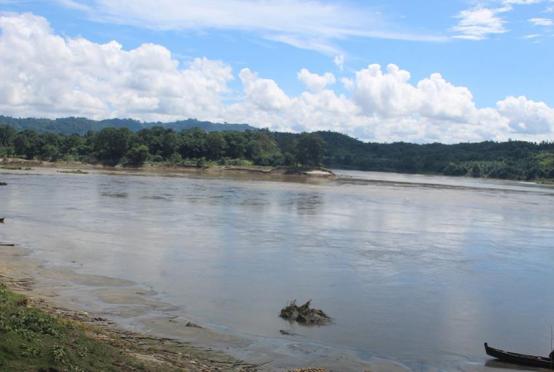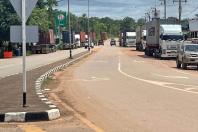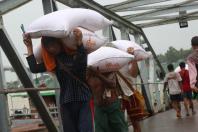After banning usage of iron sieve to fish in Sittaung river in Bilin, Kyaikhto, Mon State, locals claim that they have been able to catch more fish.
The ban has been in place for 5 months, from September 2018 to December 2019.
It's been nearly 2 months that the amount of fish caught has been on the rise after the iron sieve prohibition. According to a fisherman from Kyhaikthar Village, it is because fingerling fishes have higher chances of survival, which then subsequently leads to positive benefits such as higher amounts of fishes and variety.
"Using fishing nets with holes under one inch can catch every small fish and so fish resources deplete quickly. This method is illegal and must be prevented," said fisherman Khin Maung Swe.
"We usually fish using a 1.25 inch fish net. In the past, we hardly caught 20 viss per day. In last two months, we caught nearly 80 viss per day. The prevention of using sieves that are able to catch fingerlings and juveniles produce good results. We caught a great deal more fish within 2 or 3 months," said Shwe Maung from Bo Yar Gyi village.
Fish paste businessmen were catching fingerlings specifically for the purpose of making fish paste. As a result, depletion of fish resources occurred within the last ten years. About 75 percent of fishermen had to abandon their trade due to lessening amounts of fish, according to Khin Maung Yee, vice-chairman of Mon State Fishery Federation.
However, only 40 percent of illegal fishing using iron sieve were reportedly prevented. Besides nets that allow all sizes of fish to be caught, several other methods must also be prevented to revitalize and maintain the ecosystem.
















